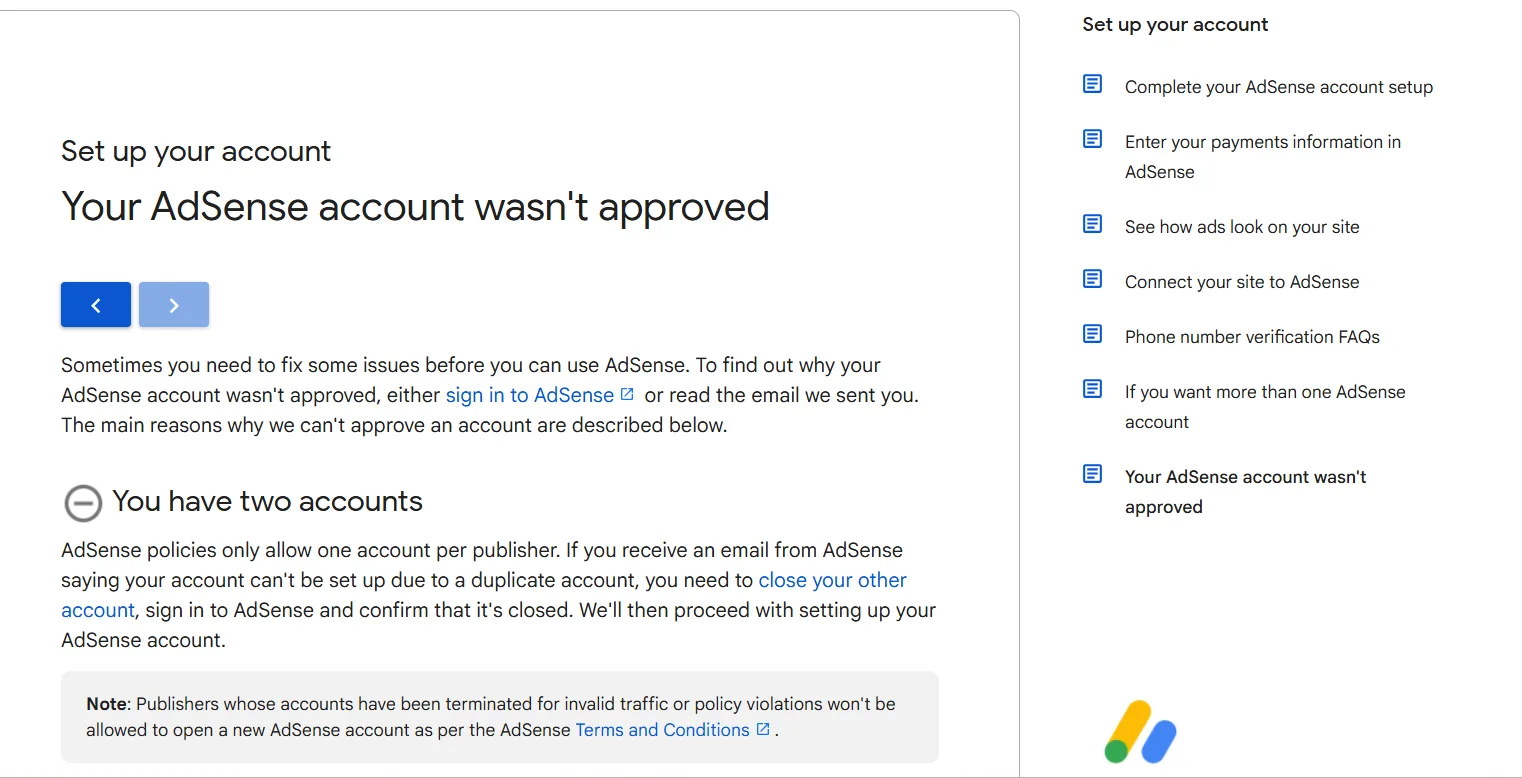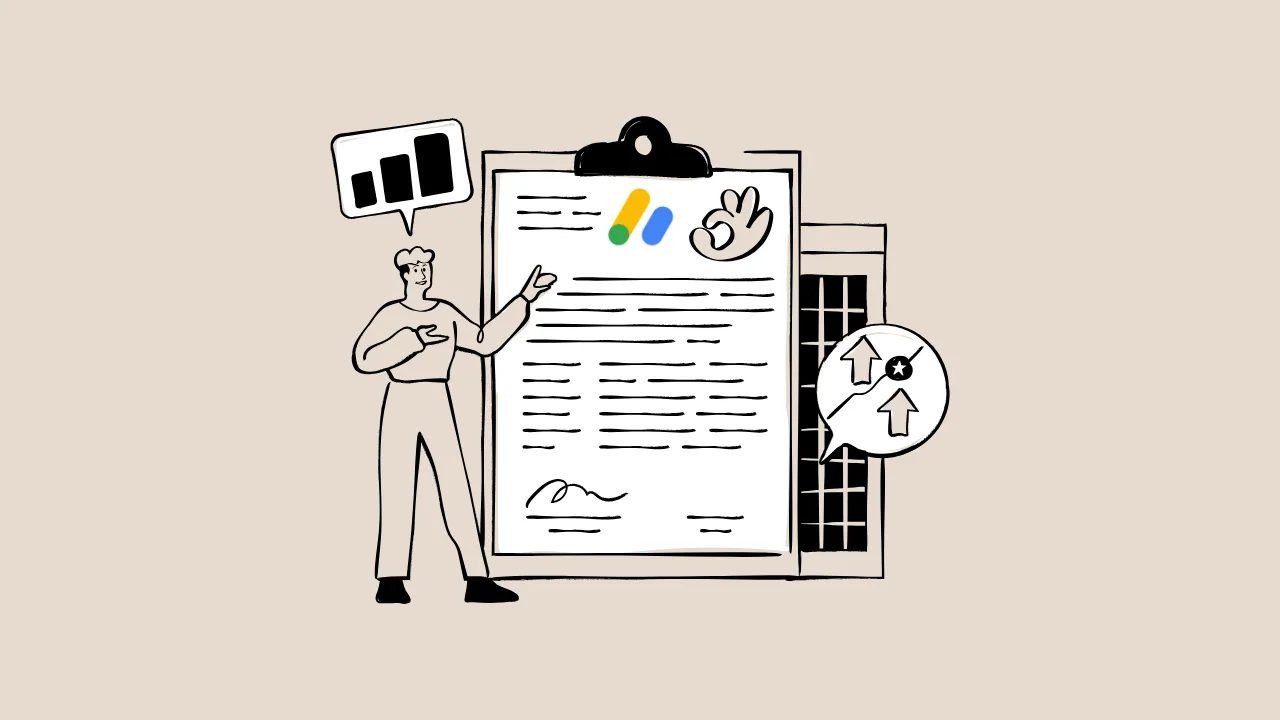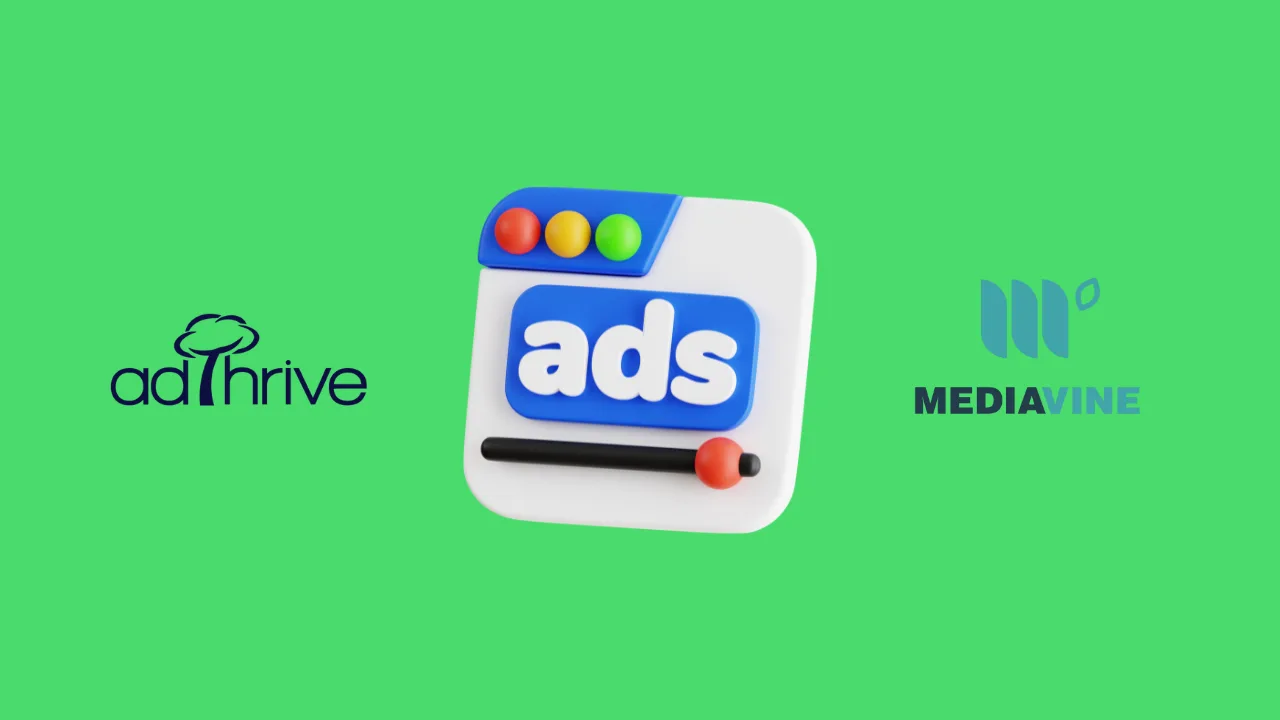Received a “Low-Value Content” rejection from Google AdSense? Don’t worry! This is the most common reason for AdSense rejection, but it’s also one of the easiest to fix. In this my guide, I’ll walk you through why Google flags content as low-value, how to spot the issues on your site, and the exact steps to create high-quality content that gets your site approved.
What Is Low-Value Content AdSense?
Low-value content, as defined by Google AdSense, is content that lacks originality, depth, or usefulness to readers. Think of it like a boring YouTube video that nobody watches—it doesn’t grab attention or provide value. Google wants websites that offer unique, helpful, and engaging information. If your site has thin, copied, or irrelevant content, Google will reject it for being “low-value.”
“Content must be unique, relevant, and provide substantial value to users.”
— Google AdSense Help Center
Why Does Low-Value Content Cause AdSense Rejections?
Google’s goal is to show ads on websites that users love. Low-value content doesn’t keep visitors on your site, which hurts Google’s ad revenue. By enforcing strict content quality AdSense standards, Google ensures advertisers get clicks from engaged users. This ties directly to E-E-A-T (Experience, Expertise, Authoritativeness, Trustworthiness), a concept Google uses to judge if your site is worth partnering with.
“Websites with low-value content often fail to demonstrate expertise or trustworthiness, which are critical for user satisfaction.”
— John Mueller, Google Search Advocate
How to Spot Low-Value Content on Your Site
Before you can fix low-value content, you need to find it. Here’s the deal: Google doesn’t always tell you exactly what’s wrong, so you have to play detective. Check your site for these red flags:
- Thin Content: Pages with only a few sentences or paragraphs.
- Duplicate Content: Text copied from other websites or repeated across your own pages.
- Low Engagement: Pages with high bounce rates or short visit times (check Google Analytics).
- Keyword Stuffing: Overusing keywords like “low-value content AdSense” unnaturally.
- No Clear Purpose: Pages that don’t solve a problem or answer a question.
Think of your website like a lemonade stand. If you serve watery lemonade (thin content) or someone else’s recipe (duplicate content), customers won’t come back. Google wants your site to serve refreshing, original lemonade that keeps people sipping!

How to Fix Low-Value Content for AdSense Approval
Fixing low-value content is like upgrading a basic drawing to a masterpiece. You need to add color, depth, and detail. Here’s a step-by-step plan to fix low-value content and get AdSense approved:
Step 1: Audit Your Content
Go through every page on your site. Ask yourself, “Does this page help my readers?” Use tools like Google Analytics to see which pages users skip. Remove or rewrite pages that don’t add value.
Step 2: Create Original, In-Depth Content
Write articles that are at least 800-1,000 words. Make sure each page answers a specific question or solves a problem. For example, if you’re writing about “fix low-value content,” explain the process clearly, like we’re doing here.
“High-quality content is detailed, original, and answers the user’s intent.”
— Google AdSense Program Policies
Step 3: Improve Readability
Break up text with short sentences, bullet points, and headings. Use simple words to make your content easy to read, like explaining a game’s rules to a friend. This keeps visitors on your site longer, which Google loves.
Step 4: Add Visuals and Examples
Include images, charts, or videos to make your content engaging. For example, a WebP image of a well-designed webpage can show readers what “high-quality” looks like.
Example WebP Image Code for Your Site:
<img src="high-quality-webpage-example.webp" alt="Example of a high-quality webpage for AdSense" width="600" height="400">
Step 5: Check for Duplicate Content
Use tools like Copyscape to find copied content. Rewrite any duplicate text in your own words. If you’re quoting someone, use proper citations, like we did with Google’s experts above.
Step 6: Submit for Re-Review
Once you’ve fixed your content, resubmit your site through the AdSense dashboard. Google usually reviews applications within 1-2 weeks.
“Publishers who improve their content quality often see success after reapplying.
— Sarah Johnson, AdSense-approved blogger at BloggingBasics.com
Comparison of Content Quality Tools: A Feature Breakdown
Here’s a table to help you choose tools to improve your content and fix low-value content:
| Tool Name | Key Feature | Best For | Price/ROI | Cons/Issues |
|---|---|---|---|---|
| Grammarly | Checks grammar and readability | Improving writing clarity | Free (basic), $12/month (premium) | Limited SEO insights |
| Copyscape | Detects duplicate content | Ensuring originality | $0.05 per check | Requires manual fixes |
| Yoast SEO | Optimizes content for search | Boosting SEO rankings | Free (basic), $99/year (premium) | WordPress-only |
| Google Analytics | Tracks user engagement | Identifying low-value pages | Free | Steep learning curve |
Checklist to Get AdSense Approved
Here’s a numbered checklist to make sure your site is ready for AdSense:
- Write 15-20 high-quality posts: Each should be 800+ words, original, and helpful.
- Remove low-value pages: Delete or rewrite thin or duplicate content.
- Add an About and Contact page: Show Google you’re a real person with expertise.
- Optimize for mobile: Make sure your site looks great on phones.
- Check AdSense policies: Follow rules like no adult content or copyright violations.
- Improve site speed: Use tools like Google PageSpeed Insights to make your site fast.
Monetization Impact of Fixing Low-Value Content
Fixing low-value content doesn’t just get you approved for AdSense—it boosts your entire monetization strategy. High-quality content attracts more visitors, keeps them on your site longer, and increases ad clicks. Plus, it builds trust with your audience, which can lead to other income streams like affiliate marketing or product sales.
Content Quality vs. AdSense Approval Rate
To show how content quality impacts AdSense approval, here’s a bar chart comparing approval rates for sites with varying content quality.
Looking Ahead: Building an AdSense-Ready Site
So, what’s the bottom line? Fixing low-value content is about creating a site that users love and Google trusts. By focusing on originality, depth, and user experience, you’ll not only get AdSense approved but also build a site that ranks higher on search engines. Keep updating your content regularly to stay ahead of Google’s evolving policies.
Frequently Asked Questions (FAQs)
Why did Google reject my site for low-value content?
Google likely found your content too short, copied, or not helpful to readers. Check for thin pages or duplicate text and follow the steps above to fix them.
How long does it take to fix low-value content?
It depends on your site, but most bloggers can fix their content in 1-2 weeks by auditing and rewriting pages.
Can I reapply for AdSense after a rejection?
Yes! Fix the issues, wait at least 2-4 weeks, and resubmit through the AdSense dashboard.
What’s the minimum number of posts for AdSense approval?
Google doesn’t have a strict rule, but 15-20 high-quality posts (800+ words each) is a good target.
How do I know if my content is high-quality?
High-quality content is original, detailed, and solves a reader’s problem. Use tools like Grammarly or Yoast SEO to check readability and optimization.






